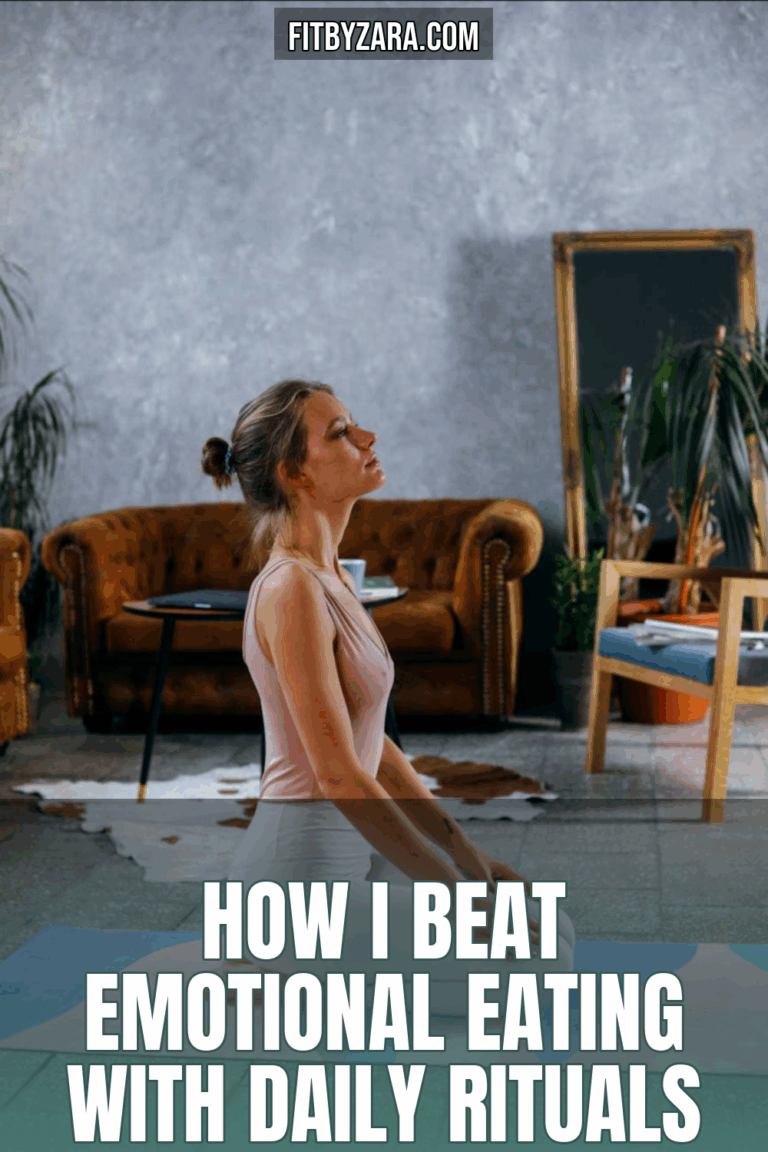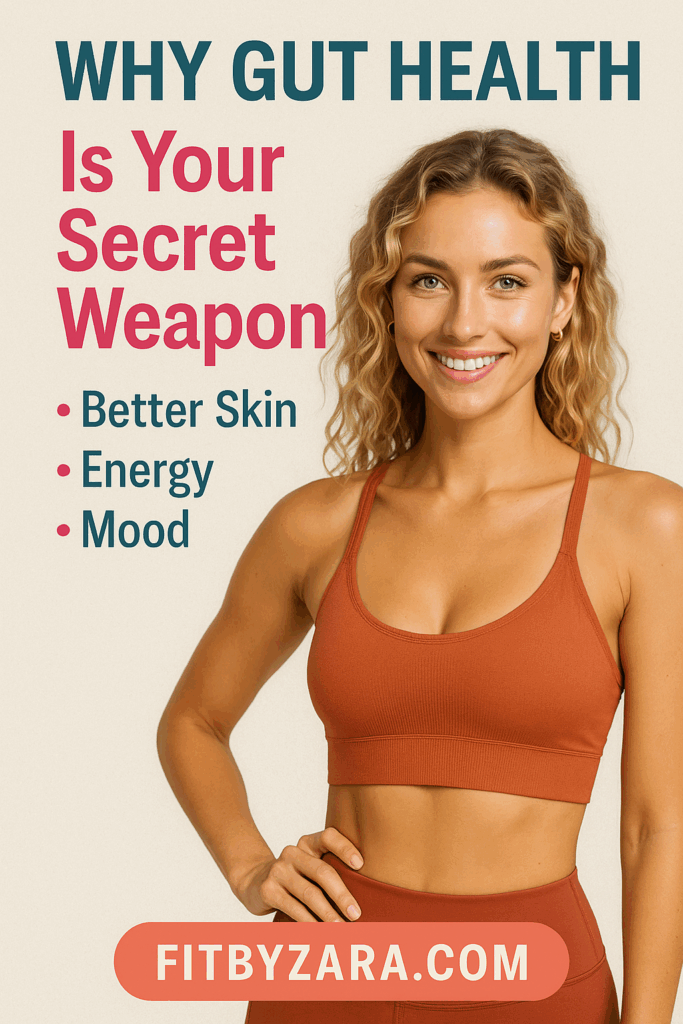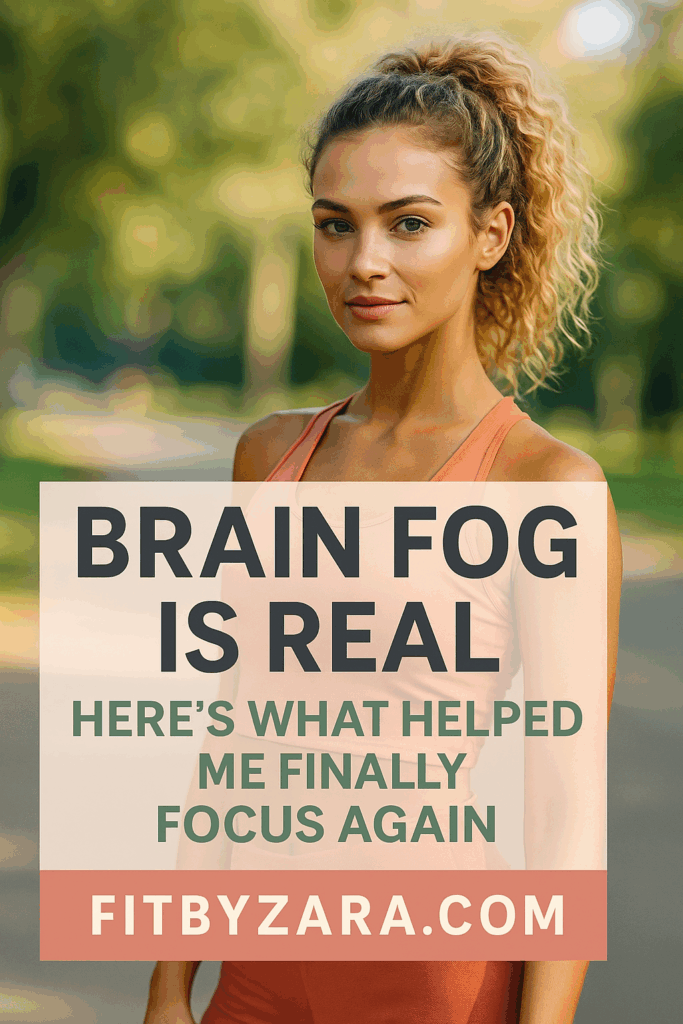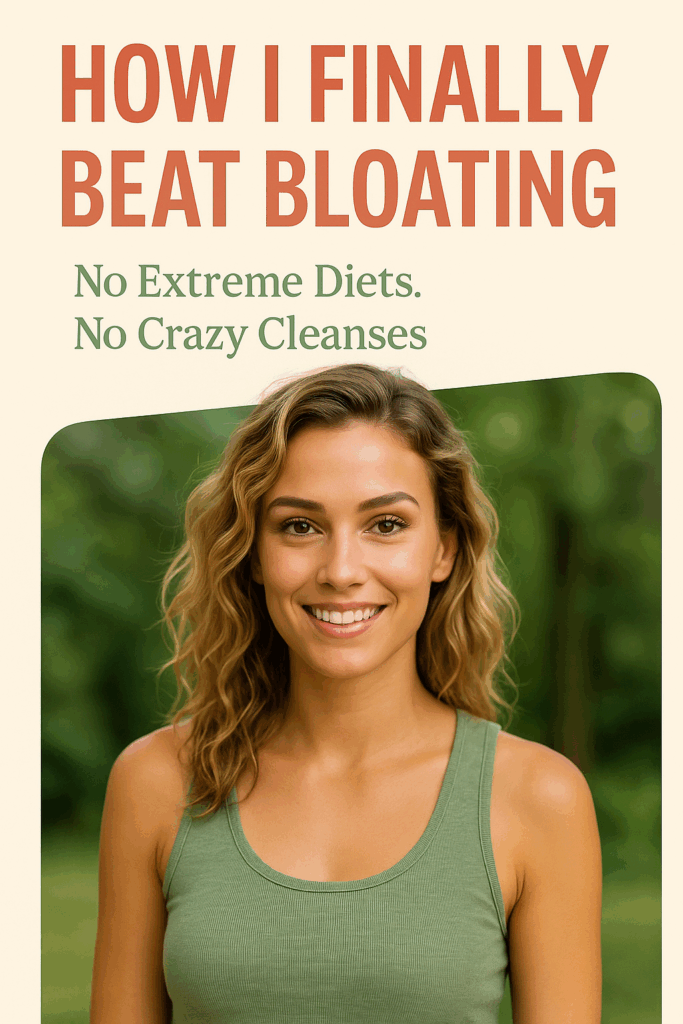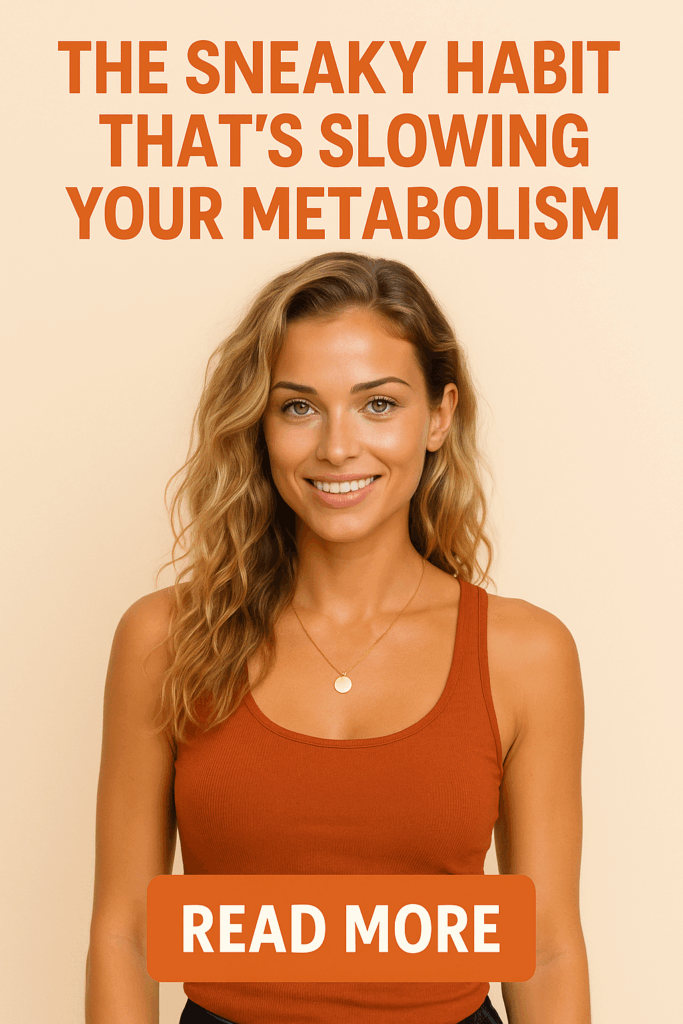Emotional eating can be a tough battle, especially for women navigating the complexities of life in their 30s and beyond. I’ve been there, and I want to share how I tackled this common struggle using daily rituals that not only helped me regain control but also fostered a healthier relationship with food. Let’s dive in!

Hi, I’m Zara — fitness junkie, wellness nerd, and the voice behind FitByZara.com. This site is all about smart fitness and science-backed wellness tips for real women who want to feel their best.
Understanding Emotional Eating
3-Day Energy & Metabolism Reset
Grab the 3-Day Energy & Metabolism Reset — a quick-start guide to feel lighter, more energized, and back in control.

Where should I send your free reset guide?
Before we jump into the rituals that worked for me, it’s essential to understand what emotional eating really is. It’s not just about hunger; it’s often about emotions—stress, boredom, sadness, or even happiness. Recognizing this is the first step toward conquering it.
Key Signs of Emotional Eating:
- Eating when you’re not hungry
- Craving specific comfort foods
- Eating to cope with stress or emotions
- Feeling guilty or ashamed after overeating
My Daily Rituals
Here’s how I transformed my relationship with food through daily rituals. These practices aren’t about strict diets or deprivation; they’re about nourishing my body and mind.
Morning Mindfulness
Start your day with intention. I found that dedicating just 10-15 minutes each morning to mindfulness set the tone for the day.
- What I Do:
– Meditation: Simple breath-focused meditation to clear my mind.
– Journaling: Writing down my thoughts and intentions for the day.
– Gratitude Practice: Listing three things I’m grateful for helps shift my mindset.
Nourishing Breakfast
Breakfast is a key meal that fuels my day. I make it count with nourishing ingredients to kickstart both my body and mood.
- My Go-To Breakfast:
– Overnight oats with chia seeds, almond milk, and fresh berries.
– Scrambled eggs with spinach and avocado on whole-grain toast.
– A green smoothie packed with spinach, banana, and nut butter for sustained energy.
Midday Movement
This is crucial! Physical activity can boost your mood and reduce cravings. I incorporate movement into my midday routine.
- Movement Ideas:
– A brisk walk during lunch breaks.
– Yoga or stretching for 10 minutes to break up the workday.
– Short dance breaks to my favorite playlist—who doesn’t love a little groove?
Mindful Lunch
Lunch isn’t just about eating; it’s a moment to recharge. I focus on balanced meals that satisfy both my body and mind.
- Lunch Suggestions:
– A quinoa salad with mixed veggies, chickpeas, and a lemon-tahini dressing.
– A wrap filled with grilled chicken, hummus, and fresh vegetables.
– A nourishing soup paired with a whole-grain roll.
Afternoon Check-In
By mid-afternoon, I take a moment to check in with myself. Am I hungry? Am I feeling stressed? This ritual helps me make better choices.
- How I Check-In:
– Sip herbal tea and take a few deep breaths.
– Reassess my hunger: Am I truly hungry or feeling something else?
– Decide if I need a snack or if I can wait until dinner.
Healthy Snacking
If I determine I need a snack, I opt for nutrient-dense options that won’t lead to a sugar crash later.
- Snack Ideas:
– A handful of nuts and a piece of fruit.
– Greek yogurt with a sprinkle of granola.
– Carrot sticks and hummus for a satisfying crunch.
Evening Rituals
As the day winds down, I create a calming environment that reduces stress and anxiety, minimizing the urge to emotional eat.
- My Evening Rituals:
– Unplug for at least an hour before bed—no screens allowed.
– Wind down with a warm bath or a good book.
– Herbal tea to signal to my body that it’s time to relax.
Dinner with Intent
Dinner is my opportunity to enjoy a wholesome meal while connecting with loved ones. I focus on balance and portion control.
- Dinner Ideas:
– Baked salmon with sweet potatoes and steamed broccoli.
– Stir-fried tofu with bell peppers and brown rice.
– A hearty vegetable stew with lentils for protein.
Zara Says
“Daily rituals aren’t just about food; they’re about nurturing your whole self.”
Weekly Meal Plan
Here’s a simple weekly meal plan inspired by my daily rituals to give you a head start:
| Day | Breakfast | Lunch | Dinner |
|————|——————————|————————————-|———————————-|
| Monday | Overnight oats | Quinoa salad | Baked chicken and veggies |
| Tuesday | Smoothie bowl | Grilled veggie wrap | Stir-fried tofu |
| Wednesday | Greek yogurt with fruit | Lentil soup | Spaghetti with marinara and salad|
| Thursday | Scrambled eggs with avocado | Chickpea salad | Baked fish with asparagus |
| Friday | Chia seed pudding | Chicken Caesar salad | Veggie stir-fry |
| Saturday | Whole-grain pancakes | Tuna salad | Homemade pizza with veggies |
| Sunday | Fruit and nut granola | Veggie wrap | Chili with cornbread |
Conclusion
Beating emotional eating is a journey that requires self-awareness, intention, and some daily rituals that work for you. By incorporating these practices into your routine, you’ll not only develop a healthier relationship with food but also with yourself. Remember, the goal isn’t perfection—it’s progress. Take it one day at a time, and you’ll find your balance.
Here’s to nourishing our bodies and souls together!
—
Feel free to adjust any elements of this post to better fit your audience or personal experiences!
HepatoBurn: Gentle Support for Steadier Days
When you’re stacking real habits—protein-forward meals, steps, and 7–9 hours of sleep—HepatoBurn is a simple add-on that supports the system behind energy, appetite, and metabolic rhythm.
Why Women 30+ Use It
- Pairs with an already-solid routine—no jitters, no crash.
- Easy to remember: 2 capsules with meals.
- Plays well with protein, walking, and strength training.
How to Use
- Timing: Breakfast & lunch are easy wins.
- Consistency: Use daily for a fair assessment.
- Stacks: Protein-first plates, post-meal walks, lights-down wind-down.
What It Isn’t
- Not a stimulant and not a magic fix.
- Best used alongside habits you’ll actually keep.
- Educational only—talk to your provider before new supplements.
Important: Educational only, not medical advice. Supplements don’t diagnose, treat, cure, or prevent diseases. Talk to your provider before changes to diet, exercise, or supplements.

